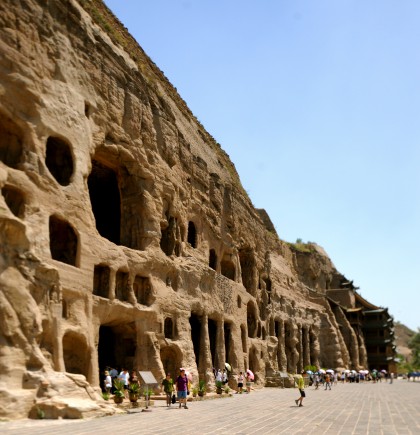 I have long been fascinated by buildings created by carving out a void rather than by building a solid form. I love the rock cut temple at Carli in India and the whole cities carved in the sides of the hills in Cappadocia in central Turkey. But the very best version of this architecture by subtraction may be the elaborate series of spaces created to house Buddhist figures near the border of Inner Mongolia. There are over 51,000 statues here making it one of the most lavish expressions of Buddhist art in the world. Some of the spaces are mammoth and some are tiny. Almost all are articulated elaborately on every surface. These structures were built 453-494 AD at the height of the period when Silk Road trade opened this area up to influences from Greece, Persia, Central Asia and India.
I have long been fascinated by buildings created by carving out a void rather than by building a solid form. I love the rock cut temple at Carli in India and the whole cities carved in the sides of the hills in Cappadocia in central Turkey. But the very best version of this architecture by subtraction may be the elaborate series of spaces created to house Buddhist figures near the border of Inner Mongolia. There are over 51,000 statues here making it one of the most lavish expressions of Buddhist art in the world. Some of the spaces are mammoth and some are tiny. Almost all are articulated elaborately on every surface. These structures were built 453-494 AD at the height of the period when Silk Road trade opened this area up to influences from Greece, Persia, Central Asia and India.
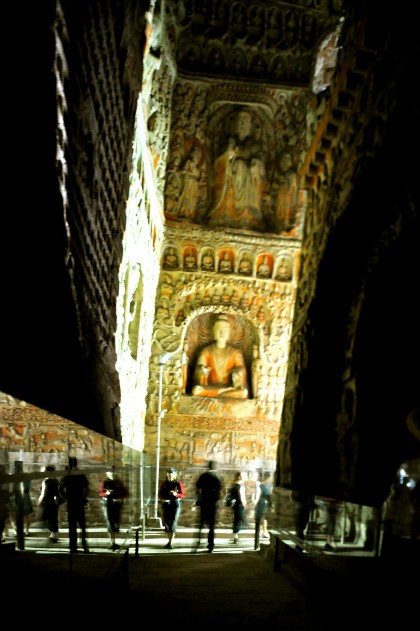
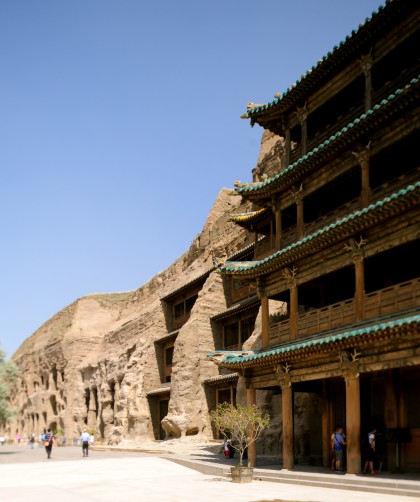
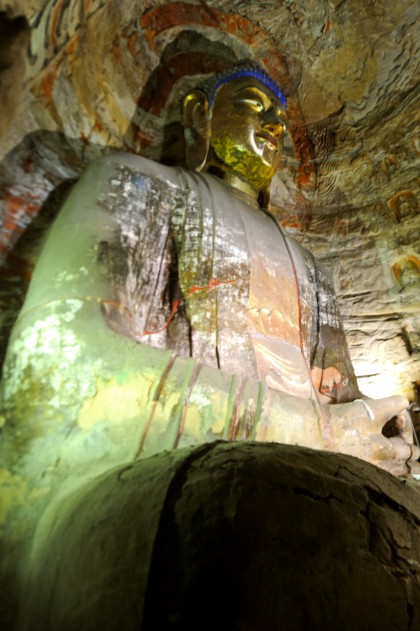
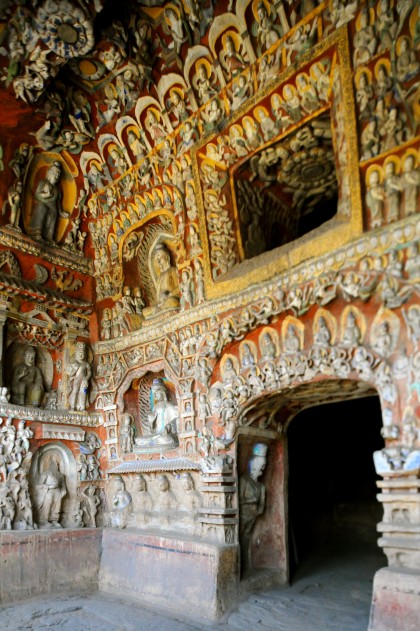

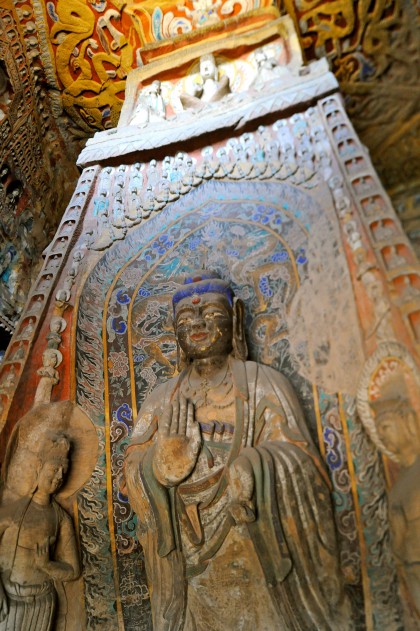
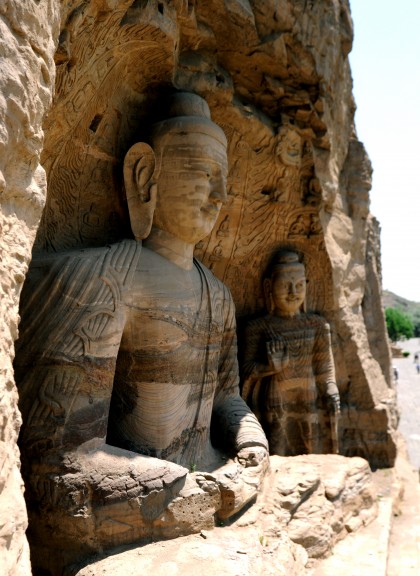
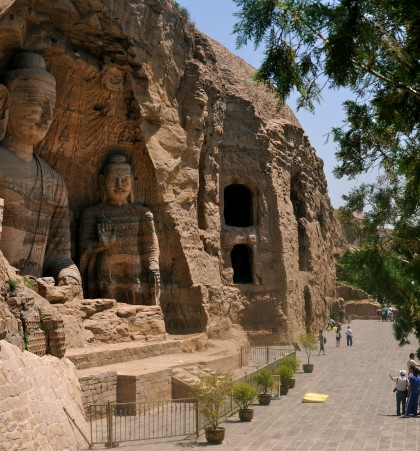
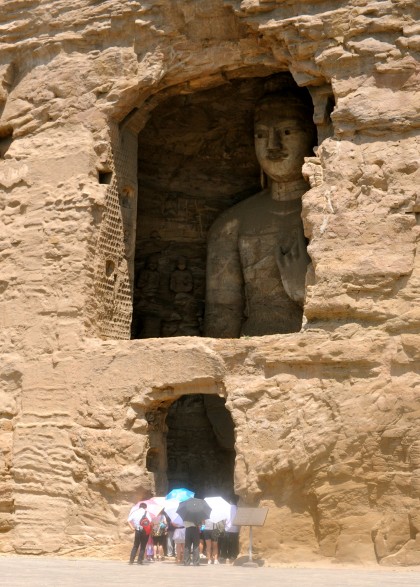
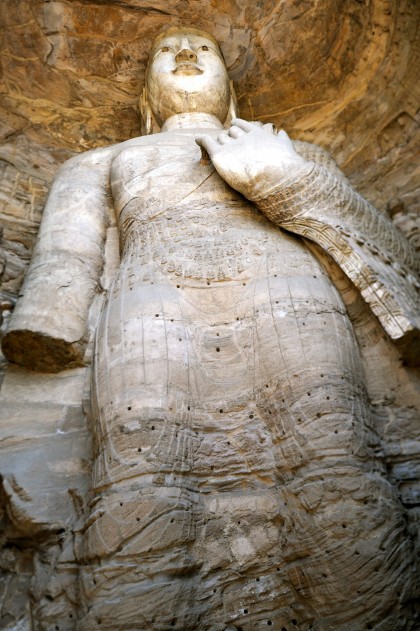
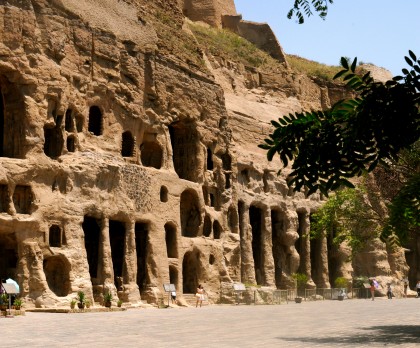

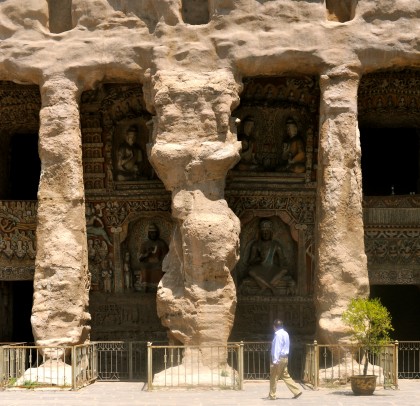
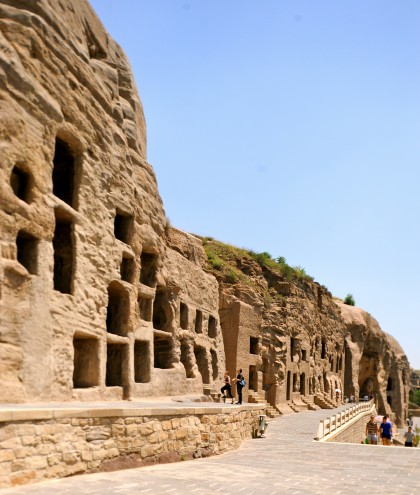
I am mcuh satisfied i have come across this particular website.